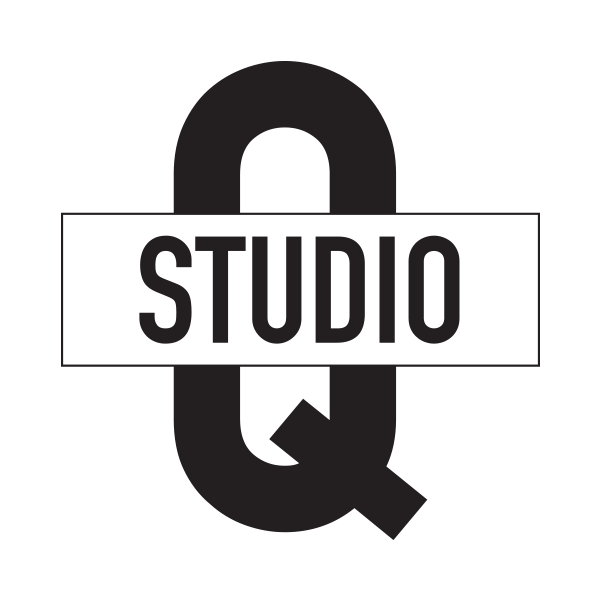I just finished a three-day marathon of making Collodion Negatives, Albumen, and Albumen paper. It was a lot of fun! 8x10 Collodion Negative – 15 secs – Intensified with Copper and printed on Albumen/toned – Quinn Jacobson, Barcelona Spain November 7, 2009
8x10 Collodion Negative – 15 secs – Intensified with Copper and printed on Albumen/toned – Quinn Jacobson, Barcelona Spain November 7, 2009
People underestimate what it takes to make (Collodion) negatives. It’s not so much the actual making of the negative, it’s all the stuff that has to happen after the negative is made; (possible) intensification, making albumen, and albumen paper, sensitizing the paper, printing the image out, toning the image, fixing the image, washing the image, etc. etc. It’s a lot of work!
We had several discussions over the last few days about why so few people make negatives/Albumen prints. My theory is that we live in a place and time where commitment to this kind of process isn’t valued, or rewarded (so much). Especially, when you can make gorgeous Collodion positive images (Ambrotypes, Tintypes, Alumitypes, etc.) in just few minutes that require a fraction of the work, equipment, supplies, and moreover commitment and patience. When you put those things together, you have very few people left that are willing to commit to the Collodion Negative and Albumen printing process.
Even the (unmatched) beauty of the Albumen print; with all of its tonal range and detail, can’t compel or persuade the masses like the positive process has. I predict that you will never see more than a few people working (not tinkering, but making serious work) in the Collodion Negative/Albumen Printing process. It’s too consuming and too difficult for all but a handful of people. And let me emphasize: Collodion Negatives and Albumen Prints – not Salt, not Centennial POP, not Collodion POP, Negatives and Albumen!
To all of those that participated in this workshop; thank you! To the Atelieretaguardia Studio; thank you! I had a wonderful time, and I look forward to seeing everyone again soon – maybe in Paris???
 10" x 8" Gold Toned/Waxed Salt Print from a Wet Plate Collodion Negative
10" x 8" Gold Toned/Waxed Salt Print from a Wet Plate Collodion Negative 










